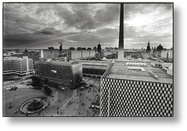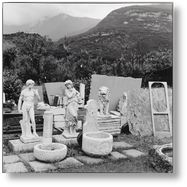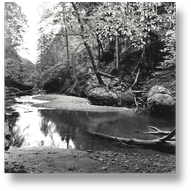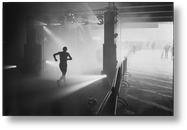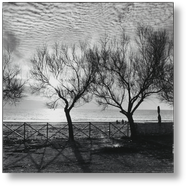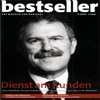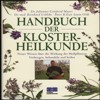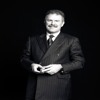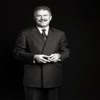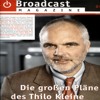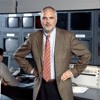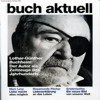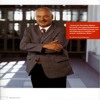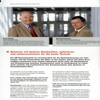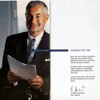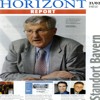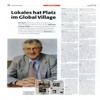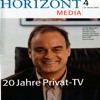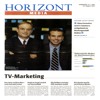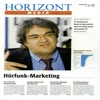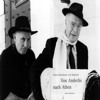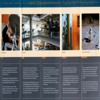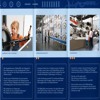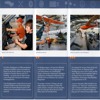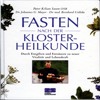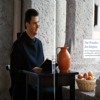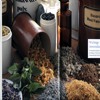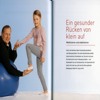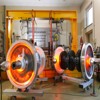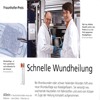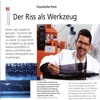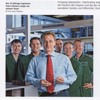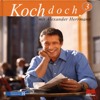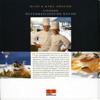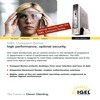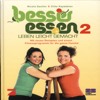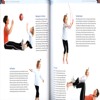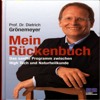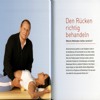


Urban Landscapes:
Historic Preservation and the new Berlin more
Mediterranean Fragments - Figments from the Real World:
Italy in Transition more…
Gorges -:
Mountain stream in the Alps more…
Bohemia - Relics and Departure:
Springtime in Czech more…
Munich Media Marathon:
How to overcome the baser more…
NYC - Borough Park:
Jewish life in New York more…
Calabria:
Land of the Phaeakans more…
New features


Foreword
By Kai-Uwe Nielsen
People - Portrait
In the slideshows above you get an overview about the wide spectrum of people photography. This genre belongs to the characteristics of the earliest photography. Already at the beginning, soon after the invention of making pictures by light on silvered plates with those beautiful Daguerreotypies, man was the prominent motif for the Daguerrotypists - the ancient photographers. These artist were economically so successful, that the old and famous genre of the miniaturists, painters for the small portrait died out. The interest of the audience in their own photographed portraits or the portrait of a VIP was so great, that the french named carte de visite named photographs, somehow small format and passport photo-like, became very popular. But soon was discovered that a photographic picture could be a mean for advertising or public relation. So in consequence politicians and artists for example used these portrait images for their own publicity with great success. This development brought for the photography the breakthrough.
The formative design for the early photographic portraits adapted the contemporary art, the portrait painting or portrait sculpture. But already the early french photographer Nadar (Gaspard Felix Tournachon 1820-1910) and his photographing brother Adrien Tournachon explored the posibilities of portrait and people photography in all its diversity. From the artist portrait over the picture-story through the pictures of scientific researches about the human was the range of their photographic explorations on portrait photography. Since that time a lot of new chanllenges and opportunities ensued portrait photography or the modern definition of people photography.
The biggest requirement for a portrait or people photographer is the ability in dealing
with the balancing act of human touch and distance. Creating a great image of a person
means to show more than only reproducing the surface or the looks. One has to be
a a sort of psychologist and in a way although an archaeologist of the human soul.
Under the conditions of a portrait photoshooting you come closer to a person, than
any medical doctor or hairdresser. You have to be aware that this is a high sensible
situation and success and downfall are in your way of acting with your counterpart
or „model“. It goes without saying, that for an advertising shot as for an election
campaign, it is important to implement the idea of an advertising or campaign manager.
So the commercial photographer is just a part of a big team of high professionals.
Similar to a cover-shooting for a big mag the layout is obligatory. You must imagine
a bleary-eyed, overexerted nominee under time trouble with a smartphone ringing every
30 seconds and surrounded by his overenthusiastic team should be portrayed for the
new campaign, but they give you only 30 minutes. As a matter of fact you need a gifted
makeupartist who can fuss over the model and give him or her the feeling of attractivity
and beauty - this is balm for the soul of the model, but it has to be done in high
speed. If this job is welldone you can start shooting. Producing the right atmosphere
depends on the amount of preparation. The backdrop or location-background has been
thoroughly selected as the preperations for the lighting with strobes and lightformer
were made. The choice of the camera depends on the later use of the pictures. It
could be the large format viewfinder camera with a pack of preloaded film-cassettes
or the digital SLR with high resolution. But whatever camera you use it is the sovereign
handling and the decisive moment when you push the button that is crucial. It is
hard to say, but the divine moment is part of the whole photosession. With the sensible
and analytical eye of the artist you feel this moment when time stands still and
you have created a piece of art more than just an ordinary portrait-picture and all
this despite time pressure. The exhilaration after such a successful people shot
in undiscribable. You would like to perform a dance of joy but as a real professional
you have to stay cool and to keep on working. But it acts like a drug: The more you
get the more you want. I’m happy to work behind the camerafinder and I wish that
my portrayed personalities have enjoyed this happening in front of my lenses. More….


Photo Copyright by Dr.Kai-Uwe Nielsen for all countries | No part of this webpage and photographic images may be reproduced in any manner whatsoever.
According to WIPO treaty, Berne Convention and German Law § 4 (BGB) § 97 (BGB) and § 72 (BGB) Urheberrechtsgesetz © All rights reserved | Terms of use | Privacy policy
| references |
| People - Portrait |
| Architecture |
| Art and Science |
| Fashion |
| Motor Show |
| Anglia - Firth of Flensburg |
| Bohemia - Czech |
| Calabria |
| Italy in Transition |
| New Berlin |
| Homeless |
| NYC - Borough Park |
| Marathon |
| Gorges |
